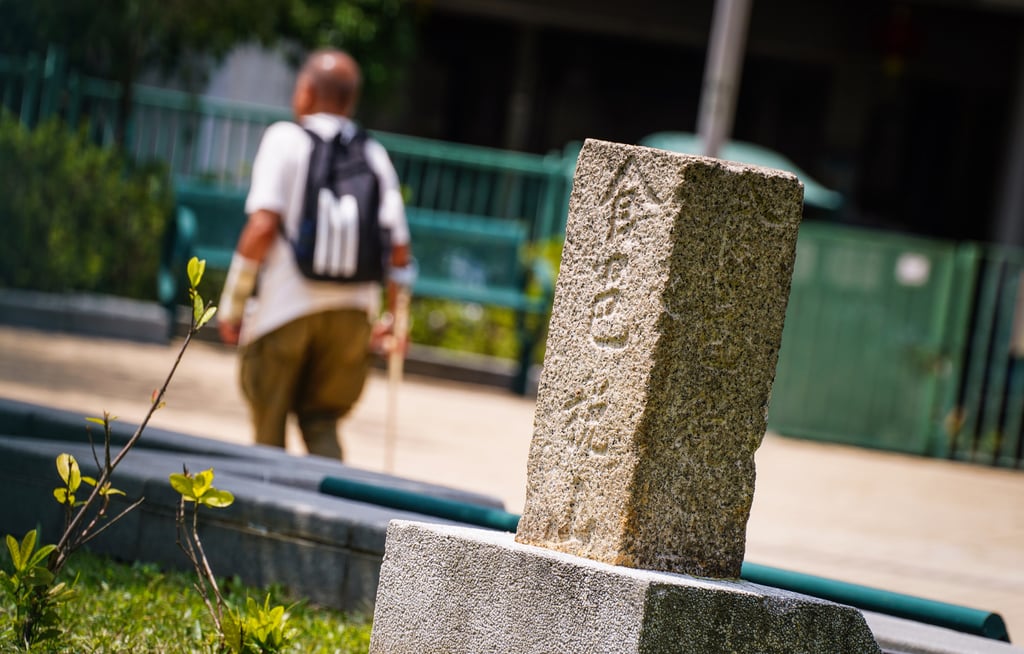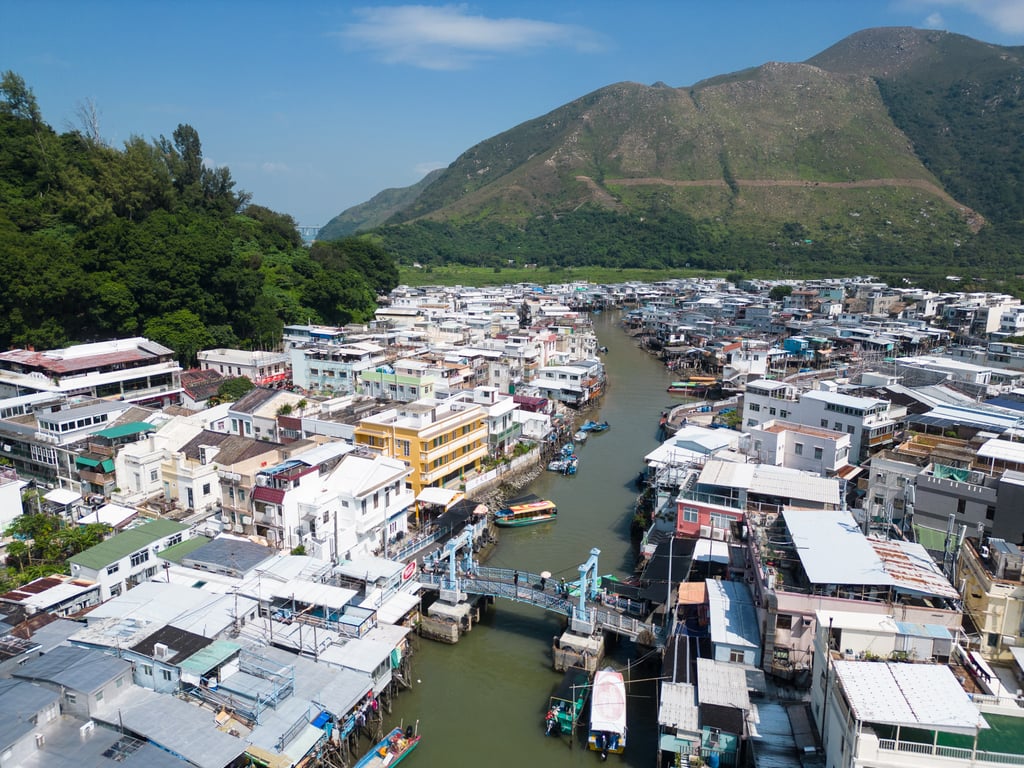How two imperial heirs sought shelter in Hong Kong as the Song dynasty fell
As the Mongols rampaged across China in the 13th century, two young heirs to the imperial throne fled to Lantau – but how did they end up there and what happened to them?

Not all that long ago, after the first round of renovations to this small community, a small garden in front of the pier was home to one of the island’s most intriguing but unassuming monuments. This little stele, preserved by the Antiquities Authorities, had already been moved around a few times and disappeared once or twice, and at the time of writing, had been relocated to Mui Wo River Silver Garden. According to the Leisure and Cultural Services Department, it will be moved back to its position in front of the Mui Wo Ferry Pier when the improvement works have been completed.

At the base of the oblong, 70cm-tall stone pillar, a plaque states that the stele once acted as a boundary stone of Li House, demarcating the taxable land of the Li feudal estate, which, according to the inscription, was erected around 1265, and “served to mark the estate boundary of the Song dynasty official, Li Mao-ying, who obtained his Chin-Shi degree in 1226”.
Chin-Shi, or jinshi in today’s pinyin, was the highest rank a Chinese official could aspire to at the time – not one that would presuppose a far-flung posting. And if Lantau seems rural now (improvement works notwithstanding) what must have Hong Kong’s vastest island looked like in the 13th century? Could Li’s administrative duties in the area have kept him all that busy, or did he have time to sit in the shade, sipping tea, listening to birdsong while improving his calligraphy and reading poetry?
The stele does not enlighten or elaborate, but as much as we tend to consider the whole of Hong Kong as a relatively recent development, quite a lot was happening in the region back then, and largely due to Lantau Island.

Archaeological excavations have confirmed human presence on Lantau since the Neolithic period (roughly 7000BC to 1700BC) and there is abundant evidence that the charming fishing village of Tai O has been populated since the Ming dynasty (1368-1644).
